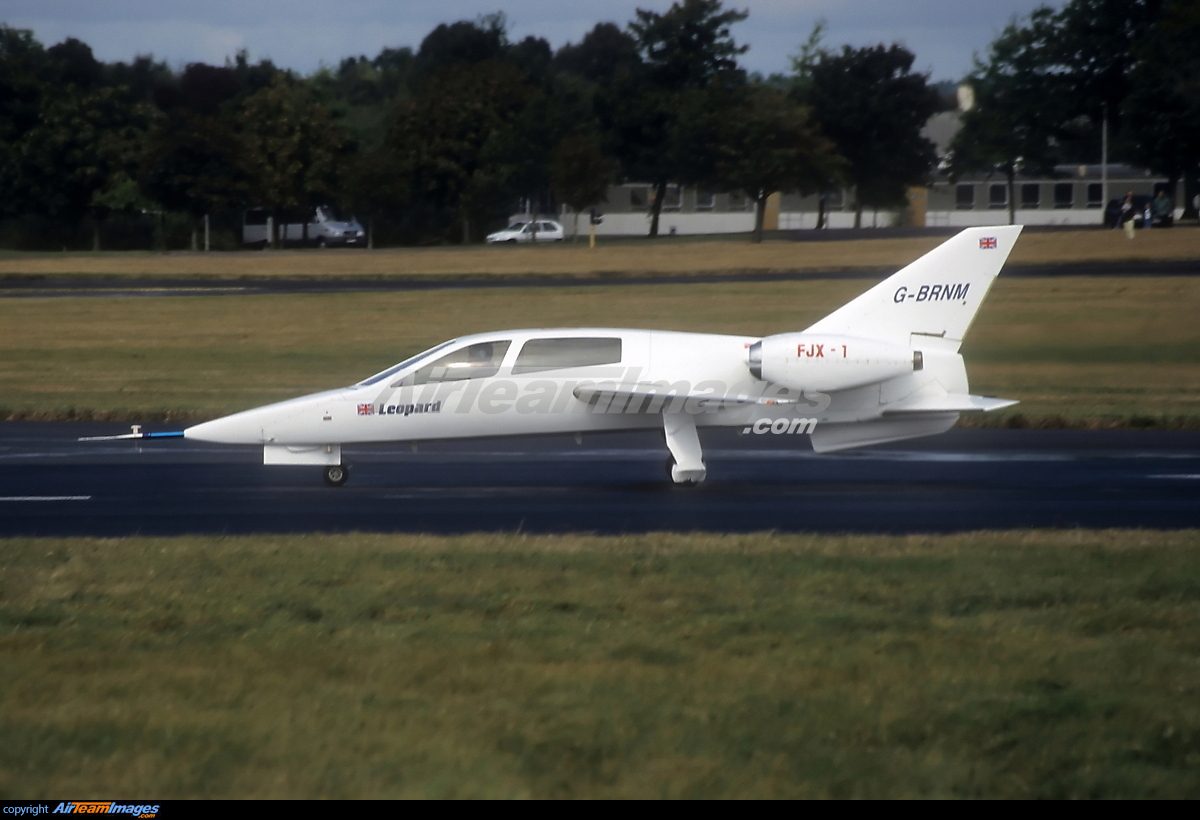Aircraft Technical Data
Chichester-Miles Leopard

| Details | |
| Country of Origin | United Kingdom |
| Type | High performance jet powered four seat light aircraft |
| History | The sleek Leopard is arguably the most advanced high performance light aircraft yet designed and flown. <p>Despite this advancement, the Leopard dates back to the early 1980s when Ian ChichesterMiles, a former Chief Research Engineer at BAe Hatfield, established ChichesterMiles Consultants. CMC completed construction of a Leopard mockup in early 1982 and then contracted Designability Ltd to perform detail design work and build a prototype. <p>CMC originally hoped that the prototype Leopard would fly for the first time in early 1987, however various delays meant that it did not fly for the first time until December 12 1988. Since then development has progressed fairly slowly. <p>The program suffered a setback when the Leopard's engine supplier Noel Penny ceased trading, and all flying stopped while a preproduction aircraft powered by Williams International FJX turbofans was designed and built. This aircraft was displayed at the 1996 Farnborough Airshow and flew for the first time on April 9 1997. <p>Production Leopards will incorporate a number of advanced design features including all composite construction; supercritical, laminar flow, swept wings; liquid deicing and decontamination system along the wings and tailplane; and EFIS avionics (the prototype features simpler avionics and pressurisation systems and liquid deicing on the tailplane only). The preproduction Leopard incorporates most of these features bar the FJX-2 engines. The Leopard also does not feature spoilers or ailerons, instead roll, pitch and yaw control is provided by the all moving fin and differentially actuated tailplanes. <p>The first production standard Leopard is due to fly in 2000, with certification and production planned for 2002. |
| Powerplants | Prototype - Two 1.33kN (300lb) Noel Penny NPT 301 turbofans. 2nd aircraft - Two 3.11kN (700lb) Williams International FJX turbofans. Production aircraft - Two Williams International FJX-2s. |
| Performance | Prototype aircraft - Max cruising speed 655km/h (354kt). Initial rate of climb 2350ft/min. Range with no reserves 1300km (700nm). Production aircraft (estimated) - Max speed 869km/h (469kt), max and economical cruising speed at 45,000ft 804km/h (434kt). Initial rate of climb 6430ft/min. Service ceiling 55,000ft. Range with max payload and reserves 2780km (1500nm), range with max fuel 3545km (1915nm). |
| Weights | Prototype - Basic empty 795kg (1750lb), max takeoff 1155kg (2550lb). Production aircraft (estimated) - Empty equipped 1000kg (2200lb), max takeoff 1815kg (4000lb). |
| Dimensions | Wing span 7.16m (23ft 6in), length 7.54m (24ft 9in), height 2.06m (6ft 9in). Wing area 5.9m2 (62.9sq ft). |
| Capacity | Standard seating for four, but could alternatively be equipped for the medevac role with a pilot, stretcher patient and medical attendant. |
| Production | Prototype and preproduction aircraft only built at the time of writing, with design of production aircraft continuing. |
| Related Links | Chichester-Miles Leopard |
The backbone of this section is from the The International Directory of Civil Aircraft by Gerard Frawley and used with permission. To get your own copy of the book click here. |
|








